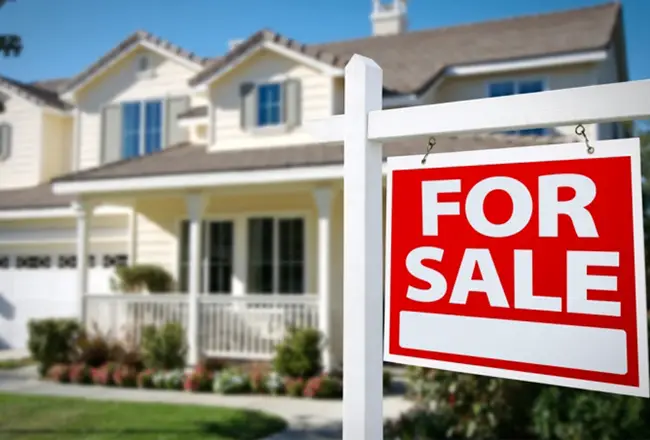Home sales in Fairfield County during the third quarter of the year showed weakening in some areas from second-quarter results, but still were relatively healthy, according to data released by Douglas Elliman Real Estate.
 The new data reported the lowest inventory of available properties in 12 years, yet the second-highest level of third-quarter sales in 11 years. Overall, it seemed to be the fastest-paced third quarter since 2005 for Fairfield County.
The new data reported the lowest inventory of available properties in 12 years, yet the second-highest level of third-quarter sales in 11 years. Overall, it seemed to be the fastest-paced third quarter since 2005 for Fairfield County.
The average sales price in Fairfield County during the third quarter was $659,208, down from $716,845 in the second quarter but up from the $625,875 that was recorded in the third quarter of 2016. The median sales price for the county in the third quarter was $410,000, down from $445,000 in the second quarter and up by only 0.6 percent from the $407,500 level one year earlier. The number of closed sales totaled 3,361, which was just a small change from the 3,335 closings in the second quarter and the 3,321 closings in third quarter of 2016.
The days on market was 119 for the third quarter, up 12.3 percent from the 106 days in the second quarter and up from the 104 days in the third quarter of 2016. Listing inventory in the third quarter totaled 5,611, down from 5,972 in the second quarter and down 3.3 percent from one year earlier.
Among property types, the average sales price for a single-family Fairfield County home in the third quarter was $752,023, down from $819,563 in the second quarter but up from $721,023 in the third quarter of 2016. The median sales price in the third quarter was about $470,000, down from $525,000 in the previous quarter and up from $467,750 one year earlier. A total of 2,952 single-family homes were sold, up 1 percent from 2,567 in the second quarter and up 4.2 percent from 2,468 one year earlier.
The average sales price for condos was $346,365, down from the previous quarter”™s $373,516 but higher than the $339,636 in the previous year. The median sales price was $275,000, down from $279,950 in the second quarter but up from $265,000 one year earlier. There were 769 condos sold in the third quarter, just one less from the second quarter but down from the 833 sold in the third quarter of 2016.
In the luxury market, the average third-quarter sales price was $2.5 million, down from $2.72 million in the second quarter of 2017 but up from the $2.29 million in third quarter of 2016. The median sales price of $1.95 million was down from the second quarter”™s $2.14 million but higher than the $1.82 million in the third quarter of 2016. Sales activity remained steady, with 341 properties sold in the third quarter compared with 337 in previous quarter and 339 one year earlier.
Jonathan Miller of Miller Samuel, the company that has been preparing research reports for Douglas Elliman since 1994, noted that the luxury market was responding to adjustments in pricing.
“Property was overpriced in an era of four to five years ago that I would describe as aspirational prices,” he said, noting the year-over-year inventory level for luxury housing dropped by 44.6 percent from 1,149 homes in the third quarter of last year to 786 in the third quarter of this year. “One of the challenges facing the high-end market was too much inventory. Now, inventory is down because overpriced
property listings.”
Among the Fairfield County submarkets, Greenwich recorded the highest average sales price for a single-family home at $2.67 million, up from $2.34 million in the previous quarter and up from the $2.28 million one year earlier. Greenwich also had the highest average sales price on condos at $957,439, down from the $1.09 million in the second quarter and down from the $972,727 average price one year earlier.
Looking at the big picture, Miller believed Fairfield County”™s housing market was “in a good place” and predicted continued sales growth in the next 12 months. However, he acknowledged the construction of multifamily rental developments, particular luxury rentals, is adding a different look to the county”™s residential market by luring away potential homeowners.
Miller said, “We are seeing a lot of in-town development.” He observed that many people have lived in cities and “…are already used to the concept of multifamily living. When they move to the suburbs, they like the idea of walking to stores and to the train station.”





















